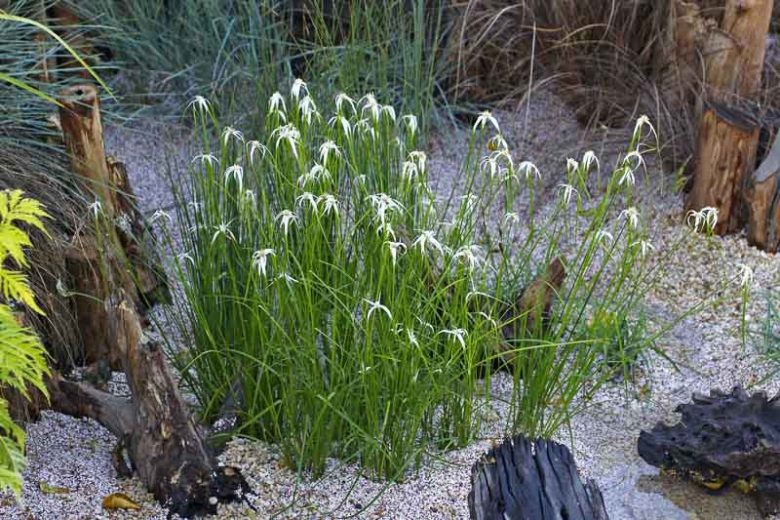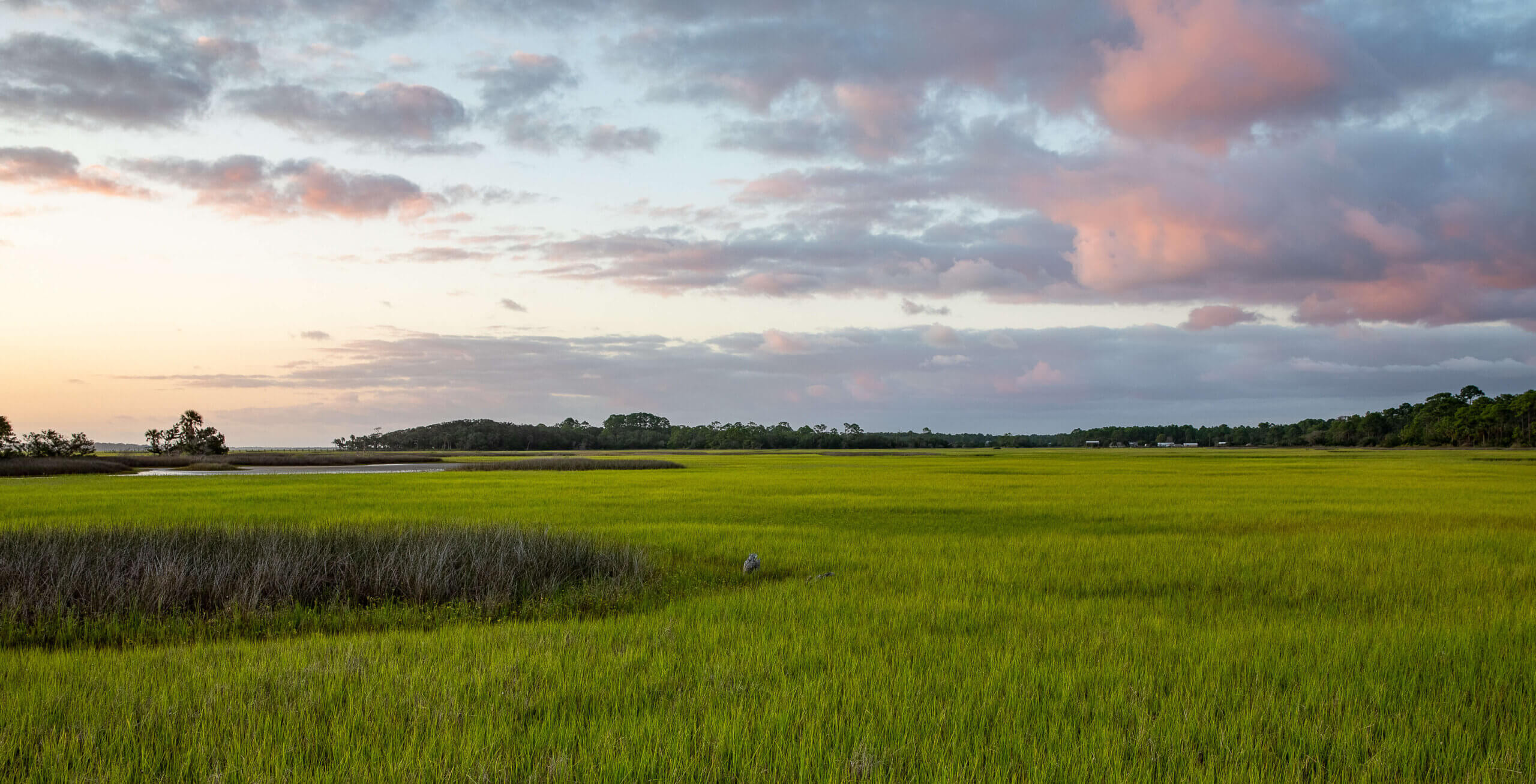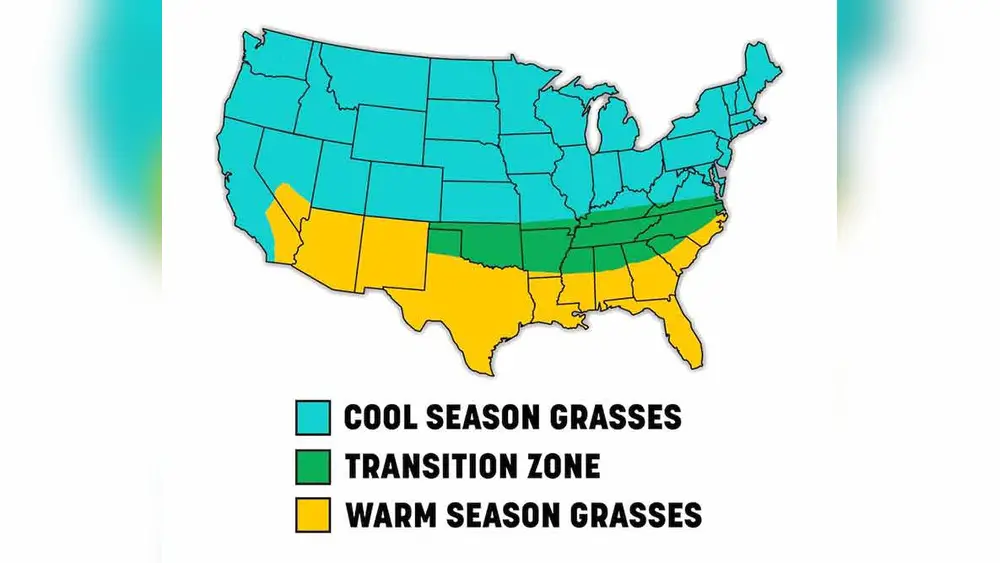If you want a lush, green lawn in Central Florida, knowing the best time to plant grass is key. Planting at the right moment gives your grass the chance to grow strong roots and thrive under the Florida sun.
But when exactly should you plant to get the best results? Whether you’re starting fresh or filling in bare spots, timing can make all the difference. Read on to discover the ideal planting windows, why they work, and simple tips to help your grass flourish all year long.
Your dream lawn is closer than you think!

Credit: www.gardenia.net
Best Planting Months
Choosing the right months to plant grass in Central Florida is key. The region’s warm climate suits warm-season grasses best. Planting at the right time helps seeds sprout quickly and roots grow strong. The months around late spring to early summer offer ideal conditions. Early spring can also be good for starting grass. Fall planting carries some risks and needs careful attention.
Late Spring To Early Summer
Late spring through early summer, from April to July, is the best time to plant grass. Warm-season grasses like Bahiagrass and Bermudagrass thrive in this period. The soil and air temperatures are perfect for seed germination. Rainfall during these months helps keep the soil moist. Grass planted now develops deep roots before the hottest months. This leads to a stronger, drought-resistant lawn.
Early Spring Benefits
Planting grass in early spring also works well. This time allows roots to start growing before the summer heat. Seeds can take advantage of mild temperatures and frequent rain. Early spring planting gives grass a head start. It prepares the lawn to handle heat and dry spells later. This timing reduces the risk of seed failure from harsh conditions.
Fall Planting Risks
Fall planting, around September and October, is less ideal for Central Florida. Warm-season grasses need time to build strong roots before winter dormancy. Planting too late may leave seedlings weak and vulnerable. Cold weather can damage young grass. Fall planting often results in patchy lawns the next spring. Extra care and attention are needed to improve success in fall.

Credit: blogs.ifas.ufl.edu
Warm-season Grass Types
Warm-season grasses thrive in Central Florida’s hot climate. They grow best during the warm months, from late spring to early summer. These grasses can handle heat and drought well. Choosing the right type helps create a lush, green lawn. Below are two popular warm-season grass types for Central Florida.
Bahiagrass
Bahiagrass is tough and low maintenance. It grows well in sandy, poor soils. This grass resists heat and drought very well. It forms a deep root system that helps it stay green longer. Bahiagrass needs less water than many other grasses. It also recovers quickly from damage. Plant Bahiagrass from April to July for best growth.
Bermudagrass
Bermudagrass is a favorite for lawns and sports fields. It grows fast and handles heavy foot traffic. This grass likes full sun and warm temperatures. Bermudagrass forms a dense, thick carpet that crowds out weeds. It needs more water than Bahiagrass but tolerates drought once established. Plant Bermudagrass seed or sod between April and July for strong roots.
Soil Preparation Tips
Preparing the soil properly is key to growing healthy grass in Central Florida. Good soil supports strong roots and helps grass absorb water and nutrients. Start with clean, loose soil. This makes it easier for grass seeds to take hold and grow deep roots. Adding organic matter improves soil texture and drainage. These simple steps create the perfect base for your lawn.
Weed And Root Removal
Remove all weeds before planting grass. Weeds compete with grass for water and nutrients. Pull out weeds carefully to get the roots. Leftover roots can grow back and harm your new grass. Clear the soil surface of debris and rocks. This helps grass seeds make good contact with the soil. A clean seedbed improves germination rates.
Adding Compost For Drainage
Mix compost into the soil to improve drainage and aeration. Compost adds nutrients and helps soil hold moisture without becoming waterlogged. Good drainage prevents root rot and promotes healthy growth. Spread a 2 to 3 inch layer of compost over the soil. Work it into the top 4 to 6 inches of soil. This creates a rich, loose environment for grass roots to grow strong.

Credit: www.duda-sod.com
Watering Guidelines
Proper watering is crucial after planting grass in Central Florida. It helps seeds sprout and roots grow strong. Following clear watering guidelines supports healthy lawn development and prevents common problems.
Maintaining Moisture
Keep the soil evenly moist during the first few weeks. Water lightly two to three times daily to prevent the soil from drying out. This helps seeds germinate quickly and roots establish firmly. Adjust watering based on weather, increasing on hot, dry days and reducing on rainy days.
After seedlings appear, water once daily but more deeply. This encourages roots to grow deeper into the soil. Deep roots make grass more drought-resistant and healthier in the long run.
Avoiding Overwatering
Too much water can harm new grass. It causes seeds to rot and invites diseases. Water only as much as the soil needs to stay moist, not soggy. Check soil moisture by feeling it with your fingers.
Water early in the morning to reduce evaporation and allow grass to dry during the day. Avoid watering late at night, which can promote fungal growth. Proper watering balance is key to a lush, green lawn.
Fertilizing Schedule
Maintaining a proper fertilizing schedule is key to healthy grass growth in Central Florida. Fertilizer provides essential nutrients that help grass develop strong roots and vibrant color. Knowing when and how to feed your lawn ensures it can handle the region’s hot weather and occasional dry spells. Follow a timely schedule to maximize your lawn’s health all year round.
Feeding Before Summer Heat
Apply fertilizer in late spring before the intense summer heat. This feeding boosts root growth and prepares grass for hot, dry conditions. Use a slow-release fertilizer to provide steady nutrients over time. Avoid heavy feeding during peak heat, as it can stress the grass. Water the lawn after fertilizing to help nutrients soak into the soil.
Seasonal Fertilizer Tips
In early spring, use a fertilizer with higher nitrogen to encourage new growth. During summer, switch to a balanced formula with nitrogen, phosphorus, and potassium. This mix supports heat tolerance and drought resistance. In fall, reduce fertilizer amounts to help grass prepare for dormancy. Avoid fertilizing in winter since grass growth slows down. Adjust fertilizer type and timing based on your specific grass variety.
Common Challenges
Planting grass in Central Florida has unique challenges. Understanding these helps gardeners plan better. Common problems include heat stress, winter dormancy, and patchy growth. Each affects grass health and appearance. Knowing how to manage these issues improves lawn success.
Heat Stress
Central Florida summers bring intense heat. Grass often struggles during this period. Heat stress causes leaves to wilt and turn brown. Water evaporates quickly, so frequent watering is needed. Choosing heat-tolerant grass varieties reduces damage. Mulching helps keep soil cooler and moist.
Winter Dormancy
Warm-season grasses enter dormancy in winter. They stop growing and lose color. This natural process makes lawns look brown or patchy. Dormant grass still needs some care. Avoid heavy foot traffic to prevent damage. Light watering helps roots survive the dry season.
Patchy Growth Risks
Poor soil and uneven watering cause patchy grass. Newly planted seeds may fail to sprout evenly. Shade and pests also create bare spots. Preparing soil well before planting is essential. Consistent watering and pest control improve growth uniformity. Filling gaps quickly prevents weed invasion.
Overseeding Considerations
Overseeding helps keep lawns green and healthy, especially during cooler months. It involves planting grass seed over existing turf to fill bare spots and improve density. In Central Florida, overseeding requires careful timing and grass selection to succeed. Understanding how to overseed warm-season grasses with cool-season options can extend lawn color through fall and winter.
Timing For Bahiagrass
Bahiagrass grows best in warm weather and does not like cold. Overseed Bahiagrass from late spring to early summer. This period lets the seed take root before the hottest months arrive. Avoid overseeding Bahiagrass in fall since it becomes dormant and won’t grow well. Proper watering after planting helps seeds germinate faster. Give Bahiagrass time to establish strong roots before droughts hit.
Cool-season Grass Options
Cool-season grasses thrive in cooler weather and stay green in winter. Ryegrass is a popular choice for overseeding in Central Florida. Plant ryegrass in fall, around September or October. It fills in bare spots and keeps lawns green when warm-season grasses slow down. Ryegrass grows quickly and handles the mild winter climate. Be ready to mow often, as cool-season grasses grow faster than warm-season ones.
Frequently Asked Questions
When Should I Plant Grass Seed In Central Florida?
Plant grass seed in Central Florida from late spring to early summer (April to July) for best growth. This timing suits warm-season grasses, allowing strong root development before intense summer heat. Early spring planting also works well to establish roots ahead of peak temperatures.
Is October 1 Too Late To Plant Grass Seed?
October 1 can be late for warm-season grass seed planting in Central Florida. Seeds may not establish well before winter dormancy. For best results, plant in spring or early summer. Fall planting risks patchy growth due to weaker roots and colder temperatures.
Can You Just Throw Grass Seed On The Ground And It Will Grow?
Simply throwing grass seed on the ground rarely works well. Prepare soil, remove weeds, and water consistently for best growth.
What Is The Best Grass To Plant In Central Florida?
The best grass for Central Florida is warm-season types like Bahiagrass and Bermudagrass. Plant from late spring to early summer for strong growth and drought resistance. Prepare soil well and keep it moist for successful establishment.
Conclusion
Planting grass in Central Florida works best from April to July. Warm temperatures help seeds grow strong and healthy. Early planting lets roots build before summer heat arrives. Avoid fall planting, as grass may struggle in winter. Prepare soil well and water regularly for best results.
Healthy grass needs good care and the right timing. Start your lawn project during the warm season for a greener yard. Patience and attention bring a lush, lasting lawn in Central Florida.

